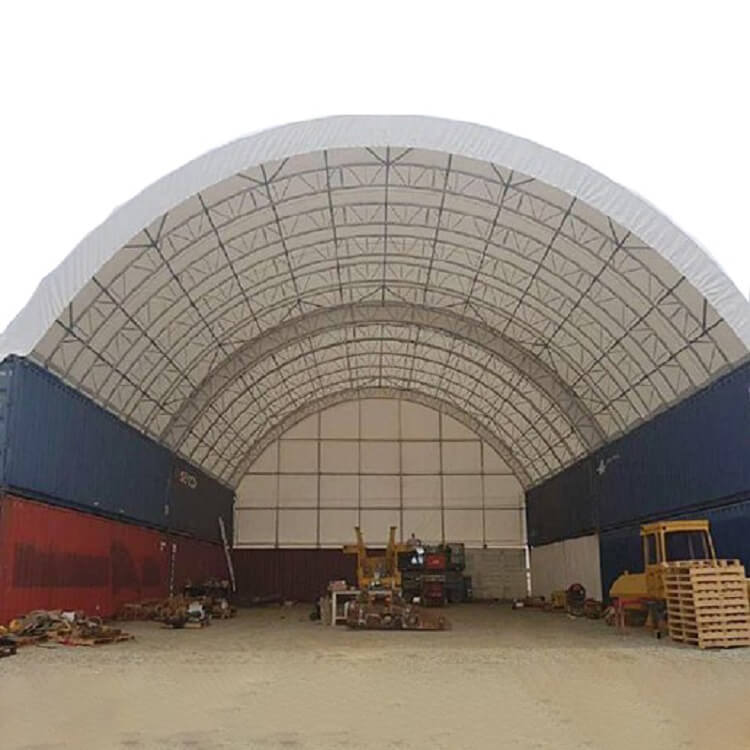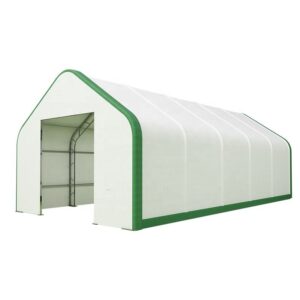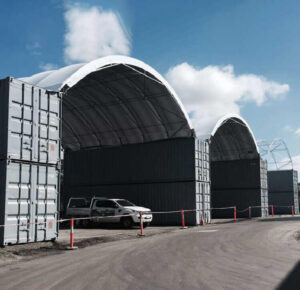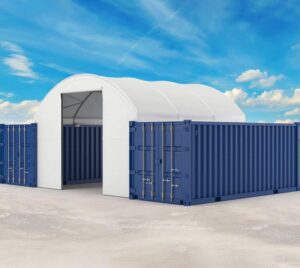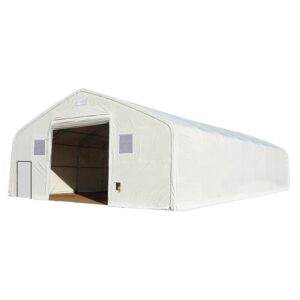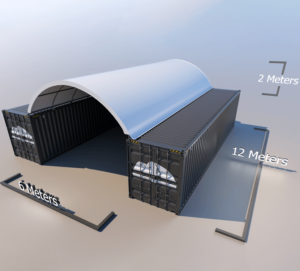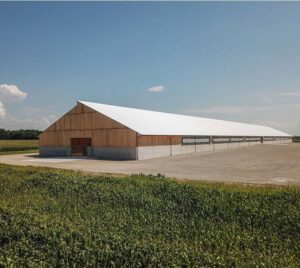Design Services

Container Dome and Shelter: A Versatile and Resilient Solution for Modern Living
In recent years, container domes and shelters have emerged as innovative, cost-effective, and sustainable alternatives to traditional building methods. These structures, often used for a variety of purposes ranging from emergency housing to storage solutions, combine the durability and portability of shipping containers with the unique benefits of dome architecture. In this article, we will explore what container domes and shelters are, their advantages, and how they are revolutionizing modern construction.
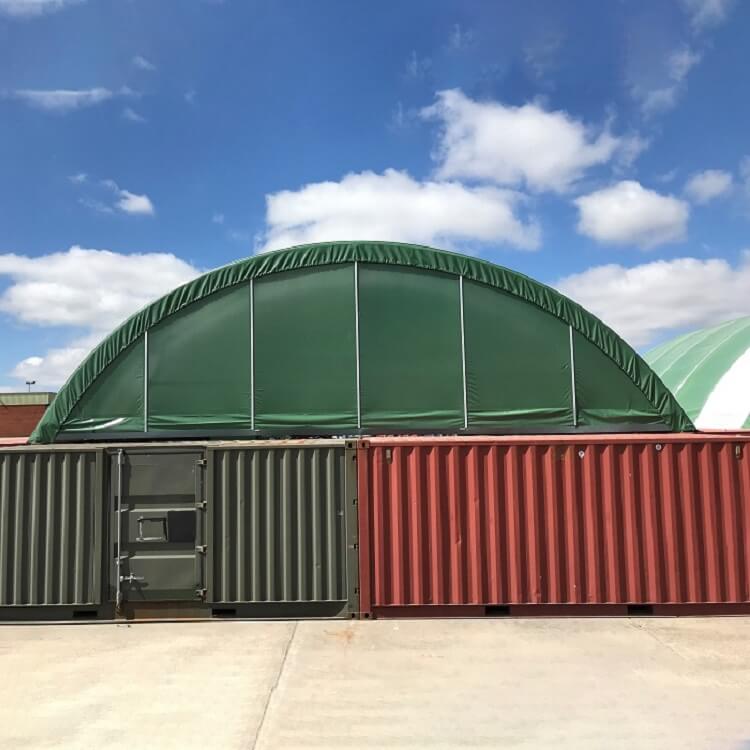
1. What is a Container Dome?
A container dome is a hybrid structure that combines the strength and portability of shipping containers with the efficient, aerodynamic shape of a dome. These domes are typically created by using shipping containers as the base or frame, which are then covered with a lightweight, weather-resistant material such as fabric or metal sheeting. The result is a highly resilient and flexible structure with a distinctive, dome-shaped roof.
- 1.1 Design Features of a Container Dome
- Shape and Structure: The dome shape is designed to be aerodynamically efficient, allowing it to withstand heavy winds, rain, and even seismic activity. The curvature of the dome distributes weight evenly, providing superior stability and load-bearing capacity.
- Container Base: Shipping containers form the foundation or the walls of the structure. They provide a sturdy base, offering storage space or structural support for the dome cover.
- Flexible Materials: The covering of the dome can vary, with options such as tensioned fabric, steel, or even eco-friendly materials. This flexibility allows for customization based on climate, location, and intended use.
- 1.2 Applications of Container Domes
- Container domes have a wide range of uses, thanks to their adaptability:
- Emergency Shelters: Due to their fast construction and durable materials, container domes are often used in disaster-stricken areas to provide rapid shelter for displaced populations.
- Agricultural Structures: Container domes are also used as greenhouses, livestock shelters, or storage spaces for farming equipment. Their shape offers excellent ventilation and natural light.
- Event Spaces and Temporary Structures: Container domes are becoming increasingly popular as temporary venues for events like concerts, festivals, and exhibitions due to their portability and ease of assembly.
- Residential Housing: In some cases, container domes are converted into low-cost, sustainable homes. The combination of shipping containers and dome architecture creates a functional, resilient, and energy-efficient living space.
2. Container Shelters: A Practical and Durable Solution
- 2.1 What is a Container Shelter?
- A container shelter is a structure that utilizes shipping containers as its main support framework. The containers serve as the primary walls, foundation, or anchor points, while additional materials—such as steel, fabric, or insulation—are used to create a protective covering. Container shelters are designed to provide a safe, weatherproof, and secure space for a variety of uses, including storage, living spaces, and workspaces.
- 2.2 Benefits of Container Shelters
- Durability and Strength: Shipping containers are designed to withstand harsh conditions during global transport. Their steel construction makes them highly resistant to weather, pests, and other environmental factors. They are capable of withstanding strong winds, heavy rains, and even earthquakes, making them an excellent choice for emergency or long-term shelters.
- Portability and Flexibility: Container shelters are modular and can be easily moved or reconfigured. Multiple containers can be linked together to create larger spaces or stacked to create multi-story shelters. This modular design makes them highly adaptable for various needs, including temporary housing, industrial storage, or remote offices.
- Cost-Effectiveness: Shipping containers are widely available and relatively inexpensive, especially compared to traditional construction materials. This makes them an affordable option for those seeking a fast and economical solution for shelter.
- Eco-Friendly: Repurposing used shipping containers for shelters helps reduce waste and minimizes the environmental impact of construction. Many container shelter designs also incorporate sustainable features such as solar panels, rainwater collection systems, and energy-efficient insulation.
- 2.3 Types of Container Shelters
- Container shelters come in several forms, depending on their intended use:
- Single Container Shelters: These shelters use one container as a standalone structure. They are typically used for storage, small workshops, or temporary housing.
- Multi-Container Shelters: Multiple containers are joined together to create larger spaces. This setup is often used for larger homes, community centers, or office spaces.
- Fabric-Covered Shelters: In this design, containers are used as the structural foundation or walls, while a durable fabric cover is stretched over the top. These shelters are often used for agricultural purposes (e.g., greenhouses, livestock shelters) or as temporary event spaces.
3. Benefits of Container Domes and Shelters
- 3.1 Protection Against Harsh Weather
- Both container domes and shelters are designed to provide excellent protection against extreme weather conditions. The steel walls of shipping containers offer a high level of security, while the dome shape (in the case of container domes) or the reinforced fabric and steel (in container shelters) provide additional protection from wind, rain, and snow. In areas prone to hurricanes, tornadoes, or extreme temperatures, container domes and shelters are reliable and resilient options.
- 3.2 Speed of Construction
- Building with shipping containers allows for faster construction times compared to traditional building methods. Containers can be easily transported and stacked, while the dome or shelter cover can be quickly erected. This speed of construction makes them ideal for emergency situations or for projects with tight timelines.
- 3.3 Low Maintenance and Long Lifespan
- Shipping containers are designed for durability and require minimal maintenance. The steel frames are resistant to rust and corrosion, and many container shelters and domes can last for decades with little upkeep. Their resilience makes them a long-term solution that is both practical and sustainable.
- 3.4 Customization
- Container domes and shelters can be customized to suit a wide range of needs. The interior can be modified to include insulation, ventilation, electricity, and plumbing, while the exterior can be finished with various materials to suit aesthetic preferences or local weather conditions. Whether used for living, working, or storing goods, these structures can be tailored to meet the specific requirements of the user.
4. Applications of Container Domes and Shelters
- Emergency and Disaster Relief: After natural disasters like earthquakes, hurricanes, or floods, container domes and shelters can be quickly deployed to provide shelter for those affected. Their portability, ease of setup, and durability make them ideal for disaster relief efforts.
- Agriculture: Farmers use container shelters as storage units for equipment, crops, and livestock. Container domes, specifically, are often used as greenhouses due to their ability to maintain optimal growing conditions.
- Residential Use: Container domes and shelters offer affordable and sustainable housing solutions, especially for those looking for off-grid living or eco-friendly homes. Their modular design allows for easy expansion or modification.
- Event Spaces and Temporary Structures: Festivals, exhibitions, and outdoor events can benefit from container domes and shelters, which can be set up quickly and provide shelter for large groups of people.
5. Conclusion
Container domes and shelters offer a versatile, durable, and cost-effective solution for a wide range of needs. Whether used for emergency shelter, agricultural purposes, or permanent housing, these structures combine the strength of shipping containers with the practical benefits of dome architecture or fabric covers. With their ability to withstand harsh weather, quick construction times, and low maintenance requirements, container domes and shelters are transforming the way we approach shelter design and construction. As the demand for affordable, sustainable, and resilient structures grows, container-based solutions will continue to play a key role in modern architecture and disaster response.
